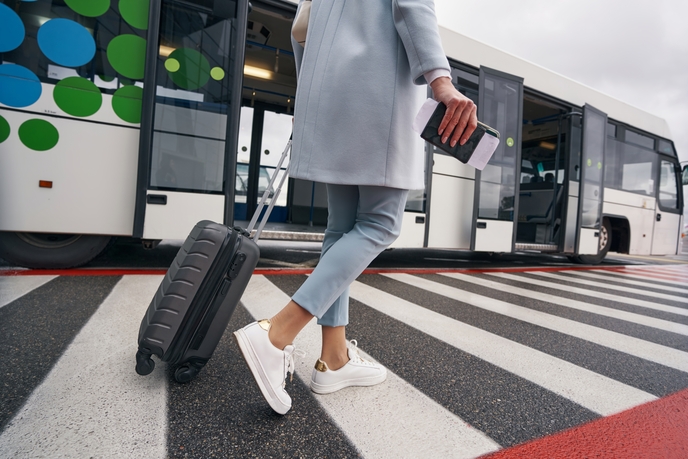Putting the passenger at the centre of multimodal mobility
The airport of tomorrow will be more than a place to land and take off. It will be the hub of a multimodal mobility system that includes everything from trains, planes and automobiles to flying taxis, ride-share services and last mile connections. At the centre of this hub will be the passenger. “The problem with legacy transport systems is that all too often the passenger is treated as an afterthought,” says Ricardo Herranz, CEO at Nommon Solutions and Technologies. “Instead, the industry needs to take a passenger-centric approach to mobility, where the passenger journey is the backbone on which the entire transport network is built.” Funded within the framework of the SESAR Joint Undertaking, a public-private partnership set up to modernise Europe’s air traffic management system, the IMHOTEP (Integrated Multimodal Airport Operations for Efficient Passenger Flow Management) project is leading an effort to make such a system possible. “Our vision is that airports will become multimodal connection nodes where passengers can seamlessly travel door-to-door in an efficient, sustainable and resilient manner,” adds Herranz. To make this vision a reality, the project is developing the interconnected platforms and services that will enable real-time collaboration between airports and ground transportation. The result will be a more efficient management of passenger flows.
Flexible transport models and decision tools
Creating a passenger-centric experience starts with knowing what the passenger trip is and how passengers will use a multimodal network to complete it. “Our project is using data from a range of sources as a means of reconstructing the entire passenger experience – from door-to-gate and from gate-to-door,” explains Herranz. The project is using data collected from personal mobile devices and digital sensors. This data is then fed into a set of algorithms capable of reconstructing passenger flows in real time and for different stages of the passenger journey. The outcomes of this process are delivered in the form of so-called Activity-Travel-Diaries. These diaries can be used for calibrating predictive models for forecasting the short-term evolution of airport and ground transport performance. “We also developed a set of predictive models and what-if decision support tools that can forecast passenger flow evolution within a typical day of operation,” remarks Herranz. “These models enable common situation awareness across transport modes, coordinated decision-making, and enhanced passenger information services.” Another key outcome of the project is a concept of operations for making the most of these tools by including ground transport stakeholders in airport collaborative decision-making.
A roadmap for future research in transport
According to Herranz, developing an integrated prediction model of passenger behaviour, both inside and outside the airport, was a huge challenge. “We are very proud to say that the IMHOTEP project has successfully solved this puzzle,” he says. Using this methodology, the project is conductin g case studies at London City and Palma de Mallorca airports, in the United Kingdom and Spain respectively. The studies, which are being done in collaboration with the airports and ground transport operators such as Transport for London and EMT Palma, will assess the benefits of using IMHOTEP’s solutions in various scenarios. “These studies will serve as a roadmap for future research, with the goal of evolving IMHOTEP’s technology to higher levels of maturity and achieving its transition to SESAR Industrial Research,” concludes Herranz.
Keywords
IMHOTEP, transport, passenger, multimodal, mobility, airports, algorithms, sustainable, travel, ground transportation, predictive models



